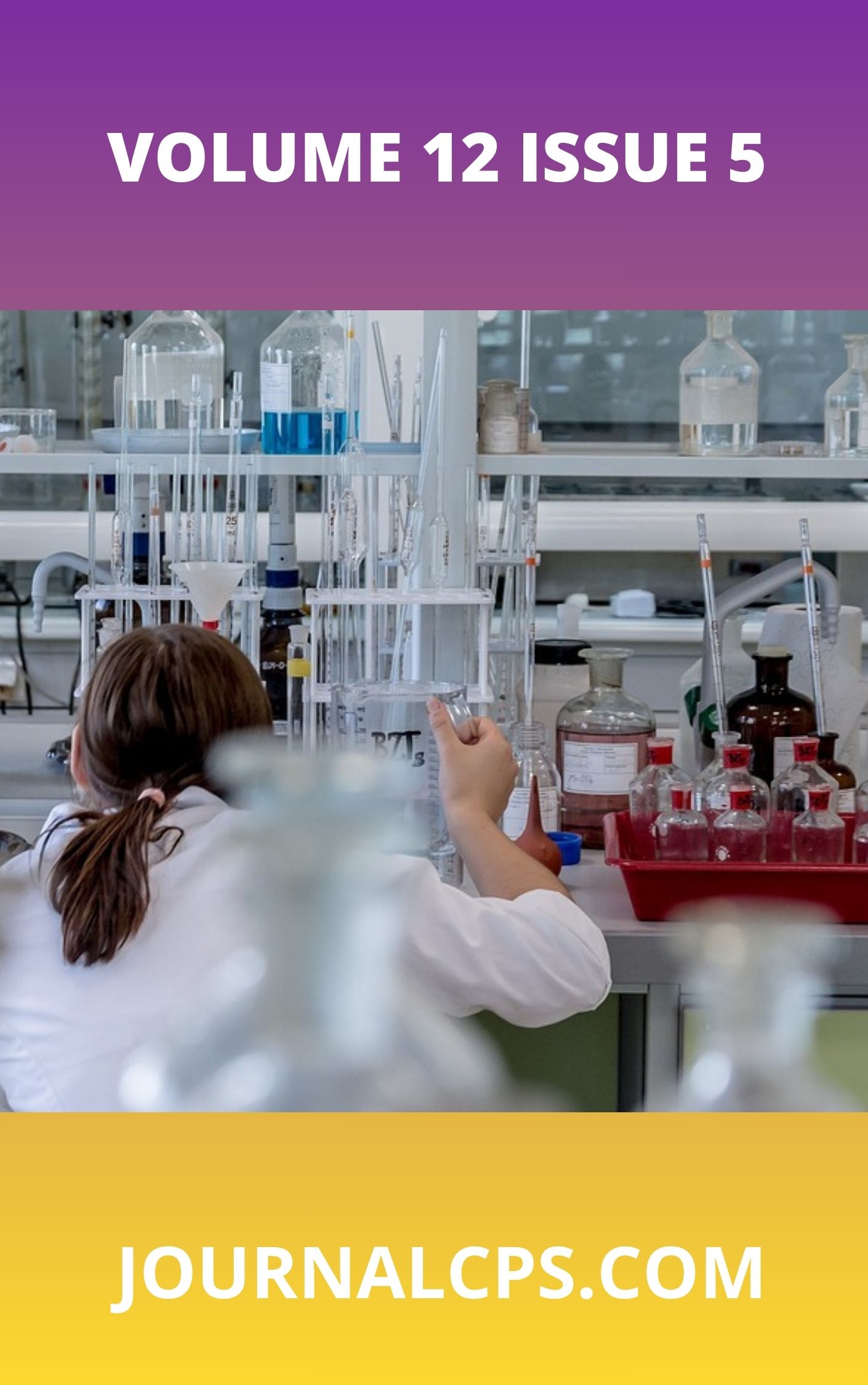A Conceptual Framework for Managing Pandemics: Integrating Disease Models with Public Behavior and Misinformation Control
Keywords:
Pandemic modeling, Public behavior, Misinformation, SEIR model, Dual-spread frameworkAbstract
Pandemic response strategies have traditionally relied on classical epidemiological models such as SIR and SEIR, which primarily focus on the biological transmission of infectious diseases. However, these models often overlook the significant influence of public behavior, trust in science, and the rapid dissemination of misinformation. This paper proposes an integrated conceptual framework that bridges these gaps by combining epidemic modeling with behavioral and informational dynamics in what is termed a "Dual-Spread Model." Through a synthesis of literature, historical examples (COVID-19, H1N1, Ebola), and illustrative diagrams, the study reveals how misinformation, public trust, and community responses can either amplify or suppress disease spread. The framework emphasizes feedback loops between disease outcomes, information flows, and behavioral responses, offering practical insights for policymakers. Key policy recommendations include behavior-informed vaccination campaigns, targeted communication strategies, and coordinated efforts between public health institutions and information platforms. This interdisciplinary approach provides a more robust and adaptive tool for future pandemic preparedness and response.
Similar Articles
- Nsikan Ime Obot, Busola Olugbon, Ibifubara Humprey, Ridwanulahi Abidemi Akeem, Equatorial All-Sky Downward Longwave Radiation Modelling , Communication In Physical Sciences: Vol. 9 No. 2 (2023): VOLUME 9 ISSUE 2
- Temitope Deborah Babayemi, Nafisat Olabisi Raji, Osita Victor Egwuatu, Oludoyi Mayowa Olumide, Integrating Artificial Intelligence with Assistive Technology to Expand Educational Access through Speech to Text, Eye Tracking and Augmented Reality , Communication In Physical Sciences: Vol. 7 No. 4 (2021): VOLUME 7 ISSUE 4
- Chidozie Izuchukwu Princeton DIM, AN INTEGRATED APPROACH TO PETROLEUM EXPLORATION IN THE EASTERN COASTAL SWAMP DEPOBELT OF THE NIGER DELTA BASIN, NIGERIA. , Communication In Physical Sciences: Vol. 2 No. 1 (2017): VOLUME 2 ISSUE 1
- Anduang Ofuo Odiongenyi, Adsorption Efficiency of Scotch Bonnet Shells as a Precursor for Calcium Oxide Nanoparticles and an Adsorbent for the Removal of Amoxicillin from Aqueous Solution , Communication In Physical Sciences: Vol. 9 No. 3 (2023): VOLUME 9 ISSUE 3
- Bertha Onyenachi Akagbue, Mark Ndako Ibrahim, Oseigbovo Favour Ofure, Oluwaiye Unity Ekugbe, Onah Kyrian, Chibuzor Titus Amaobichukwu, Mu’awiya Baba Aminu, Pam Dajack Dung, Suleiman Isa Babale, Sadiq Mohammed Salisu, Comprehensive Assessment and Remediation Strategies for Air Pollution: Current Trends and Future Prospects; A Case Study in Bompai Industrial Area, Kano State, Nigeria. , Communication In Physical Sciences: Vol. 10 No. 1 (2023): VOLUME 10 ISSUE 1
- Mu’awiya Baba Aminu, Hareyani Zabidi, Juliet Ngozi Chijioke-Churuba, Saleh Mamman Abdullahi, Kolapo Fasina, Aliyu Abubakar, Muhammad Nurudeen Mashin, Abdulmalik Nana Fatima, Bertha Onyenachi Akagbue, Olusola Kolawole Ogunmilua, Environmental and Public Health Challenges of Phases Towards Cement Production, Remediation Monitoring and Evaluation Strategies , Communication In Physical Sciences: Vol. 12 No. 1 (2024): VOLUME 12 ISSUE 1
- Abubakar Aliyu Umar, Aminu Ismaila, Khaidzir Hamza, Lattice Calculations and Power Distribution for Nigeria Research Reactor-1 (NIRR-1) using Serpent Code , Communication In Physical Sciences: Vol. 10 No. 1 (2023): VOLUME 10 ISSUE 1
- Akaezue Nelson Nwagbogwu, Ngiangia Alalibor Thompson, Onyeaju Michael Chukwudi, Thermal Properties of Diffusing Species into Some Host Metals , Communication In Physical Sciences: Vol. 11 No. 4 (2024): VOLUME 11 ISSUE 4
- Bright Adinchezo Adimoha , James Nwawuike Nnadi, Bright Okore Osu, Franca Amaka Nwafor, A Mixed Boundary Value Problem for a Finite Isotropic Wedge Under Antiplane Deformation , Communication In Physical Sciences: Vol. 11 No. 4 (2024): VOLUME 11 ISSUE 4
- Akaezue Nelson Nwagbogwu, Ngiangia Alalibor Thompson, Onyeaju Michael Chukwudi, Thermal Properties of Diffusing Species into Some Host Metals , Communication In Physical Sciences: Vol. 11 No. 4 (2024): VOLUME 11 ISSUE 4
You may also start an advanced similarity search for this article.




